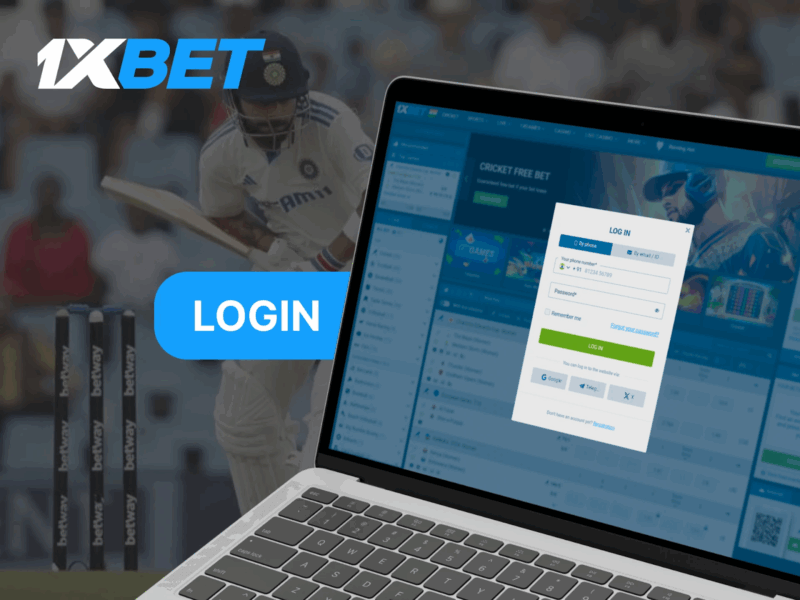
In today’s digital world, the concept of smart contracts is gaining popularity and recognition. This innovative technology based on the blockchain opens up new opportunities for automation and efficient execution of transactions in various fields of activity. However, despite the widespread interest in smart contracts, their essence and principles of development may not be fully understood by many.
This article is intended to cover the main aspects of smart contracts – from their definition and principles of operation to methods of development and practical use. We will take a closer look at what smart contracts are, how they work, the technologies behind them, as well as the development process and examples of their use in various industries.
Understanding smart contracts is key for those looking to implement them in their operations or explore their potential in light of new technological trends. This article offers readers a deeper dive into this exciting technology and how it can change the way we make deals and interact with each other in the digital age.
Key Principles Of Smart Contracts
One of the key principles of smart contracts is their decentralized nature. Traditional agreements often require an intermediary or intermediary organization to monitor and execute the agreements, which can lead to increased costs and risks. Smart contracts instead utilize a distributed network, such as the blockchain, which allows transactions to take place without the need for a trusted party. This ensures greater autonomy and independence of the contracting parties, helps to eliminate intermediaries and reduce the risks of manipulation or abuse.
Another important principle of smart contracts is their reliability. Since smart contracts are based on the blockchain, which is known for its resistance to change and immutability of records, they provide a high level of security and reliability of transactions. This means that once the terms of a transaction are established and recorded in a smart contract, they become unavailable for change without the consent of all parties. This approach helps to eliminate the possibility of disputes and distrust between the parties to the transaction.
Smart contracts simplify the process of executing agreements through automation. Once the conditions specified in the smart contract are met, the agreement is automatically executed without the need for additional interventions or confirmations. This avoids delays in execution and ensures a more efficient and faster transaction process.
Smart contracts provide a high level of transparency in contractual relations. All terms of the agreement are recorded in the blockchain, making them available for viewing by all network participants. This reduces the possibility of conflicts and distrust, as all parties have the opportunity to check the terms of the agreement and the results of their implementation. This principle helps to increase trust between parties to transactions and ensures a more transparent and efficient execution process.
Technologies Used To Create Smart Contracts
The basis for creating smart contracts is blockchain technology. Blockchain is a distributed database that is stored on different computers simultaneously and organized in the form of blocks that are constantly added to the chain. This technology guarantees the immutability and stability of data, as each block contains a hash of the previous block, which complicates any attempt at manipulation. Blockchain allows you to create distributed applications (DApps) in which smart contracts are used to automate transactions between network participants without intermediaries.
There are several programming languages designed to create smart contracts. One of the most popular is Solidity, which is specially designed for the Ethereum platform. Solidity is a high-level language similar to JavaScript and has a wide range of capabilities for creating complex smart contracts.

In addition to Solidity, there are other programming languages for different blockchain platforms, such as Vyper, Go, and JavaScript, that are also used to create smart contracts.
Today, there are various smart contract development platforms that provide a user-friendly interface for creating, testing, and deploying smart contracts. One of the most well-known platforms is Ethereum, which supports the development of smart contracts in the Solidity language and provides a set of tools for developing DApps. Other platforms, such as EOS, NEO, and Tron, also have their own smart contract development tools that are used in their respective ecosystems. Additionally, there are third-party platforms such as Truffle and Remix that provide advanced smart contract development and testing tools for various blockchain platforms.
Examples Of Smart Contract Use Cases
In the financial services industry, smart contracts are used to automate and simplify various transactions, such as fund transfers, asset management, and intermediation agreements. For example, insurance agreements can be implemented through smart contracts that automatically pay compensation in the event of specified events. In addition, smart contracts are used for loan processing, portfolio management, and digital asset trading.
In logistics and supply chain, smart contracts are used to automate supply chains and track the movement of goods. For example, smart contracts can automatically execute delivery agreements and realize payment only after delivery is confirmed. They also allow you to monitor the storage conditions of goods and automate inventory and shipping processes.
In the field of the Internet of Things, smart contracts are used to ensure security and automate interaction between devices. For example, smart contracts can regulate the interaction between smart devices in smart homes, allowing for automatic control of heating, lighting, and security systems depending on specified conditions.
Government services can use smart contracts to automate and improve the efficiency of processes such as property registration, tax reporting, and public service delivery. For example, smart contracts can be used for electronic voting, helping to avoid fraud and ensure transparency in the electoral process. Smart contracts can also automate paperwork and public resource management processes.
Smart Contract Development Process
The first step in the development of a smart contract is to identify the need and goals that it is intended to meet. At this stage, it is important to clearly understand what functionality the smart contract should perform and what requirements are imposed on it.
After identifying the need, the next step is to design a smart contract. At this stage, the logic of the contract, its structure, and work algorithms are determined. It is critical to design a smart contract correctly, taking into account all possible scenarios of its use.
After designing, we proceed to the implementation of the smart contract. At this stage, programmers translate the developed design into smart contract code. After the implementation is complete, the contract is tested to verify its correctness and resistance to various use cases.
The last stage is the implementation and support of the smart contract. After successful completion of testing, the contract is ready for implementation in the live environment. After implementation, it is necessary to ensure its ongoing support, bug fixes, and updates in accordance with changes in requirements.
Challenges And Prospects For The Development Of Smart Contracts
One of the main challenges is ensuring the security and privacy of smart contracts. Due to the potential vulnerability to attacks and misuse, it is important to constantly improve security and encryption methods.
Standardization is an important aspect to ensure compatibility and interoperability between smart contracts on different platforms. The development of common standards will make smart contracts more accessible and interoperable.

Another challenge is the integration of smart contracts with Eastern systems and legal codes. It is necessary to develop effective mechanisms for the interaction of smart contracts with traditional data management and processing systems.
The last but not least challenge is scaling. Blockchain communities need to continuously develop mechanisms to increase network capacity and performance to ensure that smart contracts run smoothly on a large scale.
Conclusion
Smart contracts are undoubtedly opening up new opportunities for automating and securing transactions in various industries. Their decentralized nature, automation, and reliability make them an attractive tool for managing transactions in the digital era. However, the development of smart contracts requires attention to address challenges such as security and privacy, standardization, integration with traditional systems, and scalability.
Despite these challenges, the potential of smart contracts is far from being exhausted. Every year, technology evolves, and new tools and solutions emerge that facilitate further integration and expand their use. With an understanding of the basic principles of smart contract development and use, businesses, governments, and other stakeholders can conduct efficient and secure transactions, opening up new horizons for innovation and development.


